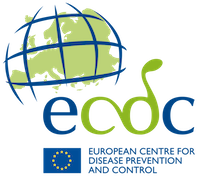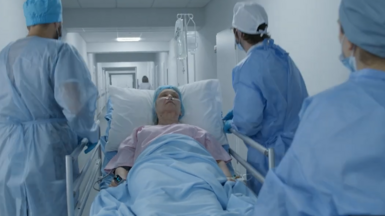Evidence of simultaneous circulation of West Nile and Usutu viruses in mosquitoes sampled in Emilia-Romagna region (Italy) in 2009Archived
In recent years human diseases due to mosquito-borne viruses were increasingly reported in Emilia-Romagna region (Italy), from the chikungunya virus in 2007 to the West Nile virus (WNV) in 2008. An extensive entomological survey was performed in 2009 to establish the presence and distribution of mosquito arboviruses in this region, with particular reference to flaviviruses.
Calzolari M (1), Bonilauri P (1), Bellini R (2), Albieri A (2), Defilippo F (1), Maioli G (1), Galletti G (1), Gelati A (3), Barbieri I (1), Tamba M 1, Lelli D (1), Carra E (1), Cordioli P (1), Angelini P (4), Dottori M (1). PLoS One. 2010 Dec 15; 5(12):e14324.
Background: In recent years human diseases due to mosquito-borne viruses were increasingly reported in Emilia-Romagna region (Italy), from the chikungunya virus in 2007 to the West Nile virus (WNV) in 2008. An extensive entomological survey was performed in 2009 to establish the presence and distribution of mosquito arboviruses in this region, with particular reference to flaviviruses.
Methodology/principal findings: From May 6 to October 31, a total of 190,516 mosquitoes were sampled in georeferenced stations, grouped in 1,789 pools according date of collection, location, and species, and analyzed by reverse transcription polymerase chain reaction (RT-PCR) to detect the presence of RNA belong to Flavivirus genus. WNV was detected in 27 mosquito pools, producing sequences similar to those of birds and human strains obtained in 2008 outbreak, pointed out the probable virus overwintering. Isolation of WNV was achieved from one of these pools. Moreover 56 pools of mosquitoes tested positive for Usutu virus (USUV). Most PCR positive pools consisted of Culex pipiens, which also was the most analyzed mosquito species (81.4% of specimens); interestingly, USUV RNA was also found in two Aedes albopictus mosquito pools. Simultaneous circulation of WNV and USUV in the survey area was highlighted by occurrence of 8 mosquito WNV- and USUV-positive pools and by the overlaying of the viruses "hot spots", obtained by kernel density estimation (KDE) analysis. Land use of sampled stations pointed out a higher proportion of WNV-positive Cx. pipiens pool in rural environments respect the provenience of total sampled pool, while the USUV-positive pools were uniformly captured in the different environments.
Conclusions/significance:Obtained data highlighting the possible role of Cx. pipiens mosquito as the main vector for WNV and USUV in Northern Italy, and the possible involvement of Ae. albopictus mosquito in USUV cycle. The described mosquito-based surveillance could constitute the foundation for a public health alert system targeting mosquito borne arboviruses.
VBORNET comment: 2011-24-02
Since 2009, an integrated WNV surveillance system including mosquitoes, birds, horses and humans has been implemented in the Emilia-Romagna region, Italy. The results of the mosquito surveillance of the first year are reported in this paper. Detailed information on arbovirus detection is presented in a comprehensive manner providing important insights in the ecology of, not only, WNV but also USUV. The authors provide evidence for simultaneous circulation of WNV and USUV in this region. Similarity of the sequences of WNV circulating in 2008 and 2009 strongly suggests that the virus had overwintered, in stead of being reintroduced. Despite similarities in the presence of positive mosquito pools for WNV and USUV in the same area and period and same mosquito specimen, data highlighted differences in ecology of the two viruses. For example, while WNV was only detected in Culex pipiens, USUV was also found in two Aedes albopictus mosquito pools.
The results confirm that, if mosquito trapping effort is intensive, detection of arboviruses in mosquitoes might precede virus activity in any other surveillance tools and possibly can serve as an early warning tool. Surveillance systems such as implemented in Emilia-Romagna will be able to provide important information on regional, national or even pan European mosquito-borne disease transmission risk. The research group has recently been involved in such risk assessment by the ECDC .
References:
- Istituto Zooprofilattico Sperimentale della Lombardia e dell'Emilia Romagna “B. Ubertini” (IZSLER), Brescia, Italy
- Centro Agricoltura Ambiente “G. Nicoli” (CAA), Crevalcore, Italy3. Azienda USL Modena, Mirandola, Italy4. Regione Emilia-Romagna, DG Sanità e Politiche Sociali, Bologna, Italy




